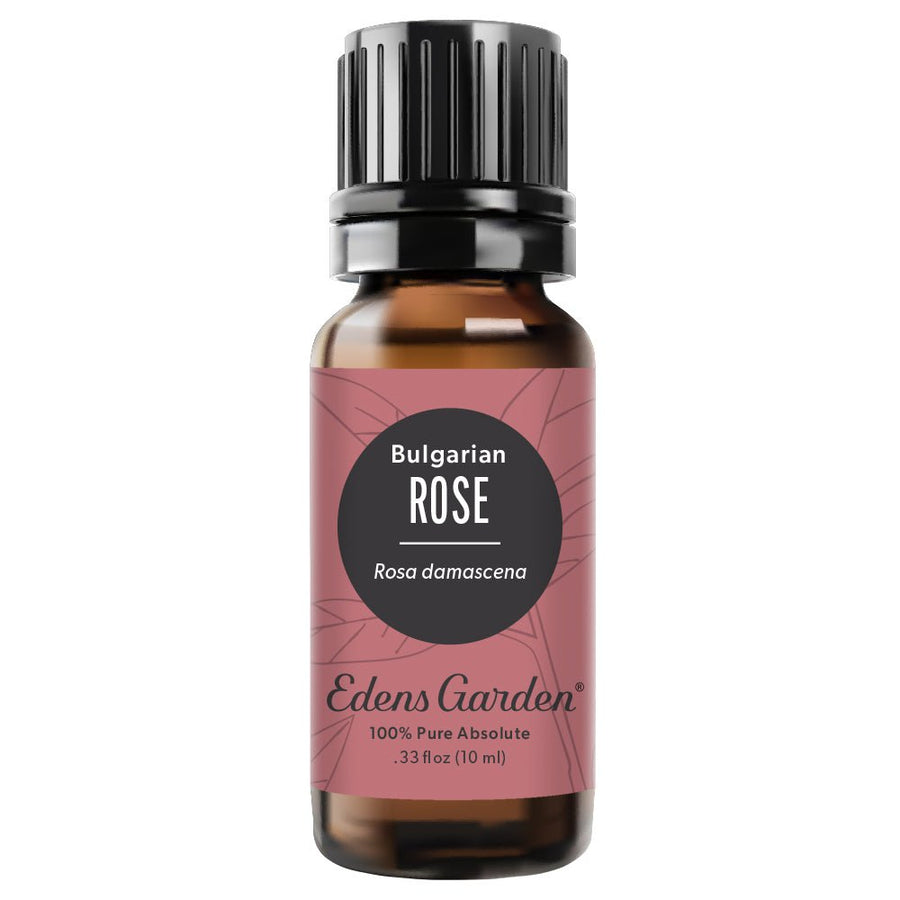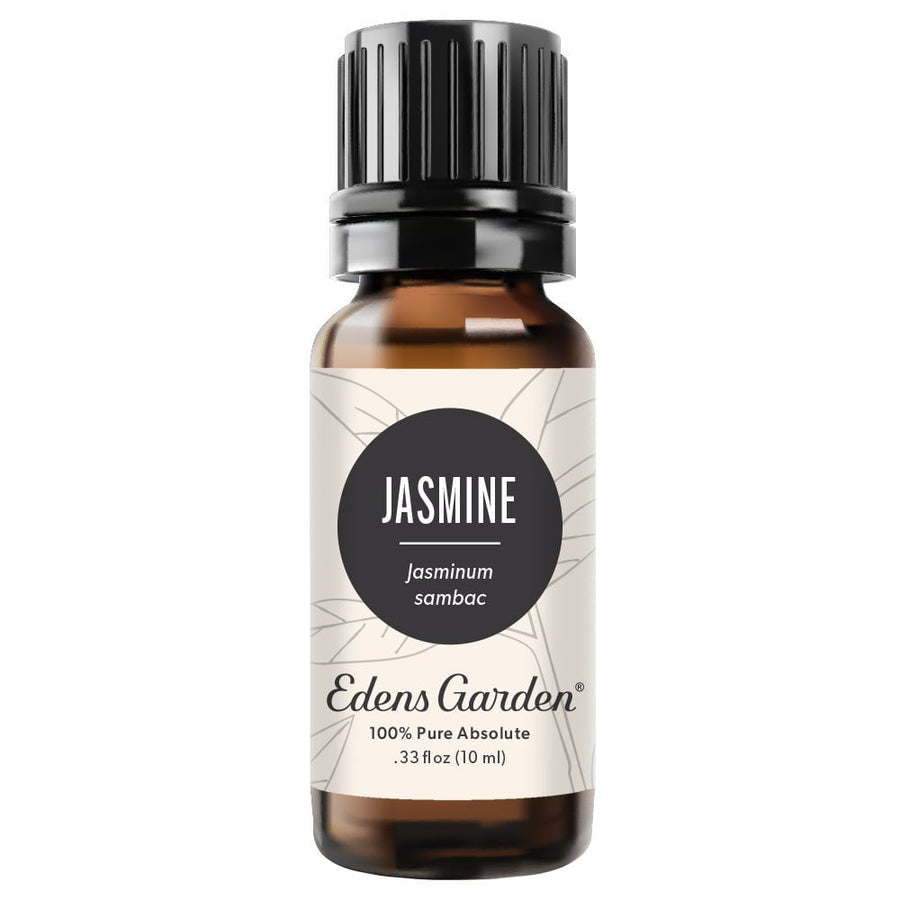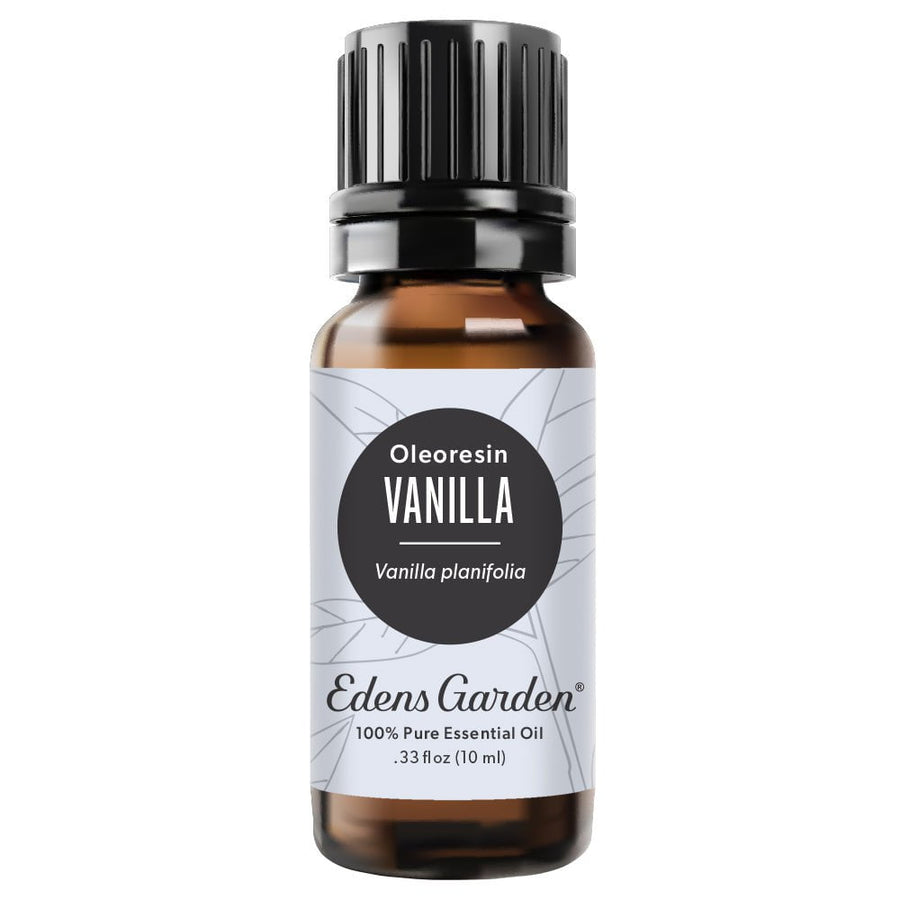AAA: How Are Essential Oils Made?

Ever look at a Rosebush, Basil plant or Lemon tree and wonder how these beautiful plants get transformed into a bottle of essential oil? No, contrary to popular belief, garden gnomes don’t come to life at midnight and milk plants of their essential oils. Rather, EOs are obtained through methods, such as steam distillation, cold pressing, solvent extraction and CO2 extraction. To get a better grasp of the concepts ahead, we recommend checking out the method a few of your oils were obtained by. To find this information, click on the “Details” section of an oil’s product page. You’ll find it beside “Method.” Once you’ve got a clue on how your plant became an oil, read on to solve the mystery of what this truly means.
Steam Distilled
The most common way essential oils are produced is through steam distillation. Not all steam distillation units are created equally. They can vary in shape, size, material, etc. However, they all share a similar mechanism. In steam distillation, plant material is placed in a still. Water is added, then heat is applied to the unit. As water heats, plants release their essential oil. The oil rises with steam droplets that are sucked into a pipe. The oil and water (hydrosol) are joined at this point, and then separated.
Cold Pressed
In obtaining an essential oil, certain plants are better suited for cold pressing, like citrus fruits. Citrus can be difficult to steam-distill because they produce non-volatile particles (like natural waxes) which can clog the still in steam distillation. Cold-pressed citrus also generally produces a more desirable aroma in oils. On the other hand, the phototoxic furanocoumarins that occur naturally in certain citrus fruits remain intact in the cold-pressed oil. In steam-distillation, the furanocoumarins are filtered out.
A cold press works by pricking the citrus rinds, causing the essential oil to be released. Some fruit juice is also released in the process. The oil and juice then drip down into a container and are separated in a centrifuge.
Solvent Extracted
Just as with cold-pressing, certain plant materials are better suited for solvent extraction, such as flower petals. Steam distillation and cold-pressing can be detrimental to delicate plant material, producing an oil with an undesirable aroma or lesser quality. In some cases, solvent extraction also produces more oil than with other methods of production.
In solvent extraction, a solvent is combined with plant material. The solvent draws the oil out of the plant material, and the solvent and oil are then carefully separated. Oils produced from solvent extraction are generally referred to as “absolutes.” At Edens Garden, we offer two absolutes — Rose and Jasmine. We also offer solvent extracted Vanilla Oleoresin.
CO2
Compared to the aforementioned methods of obtaining oil, CO2 extraction is a recent development in the aromatherapy industry. Edens Garden doesn’t currently carry CO2s as single oils, but you can find CO2s in a few of our blends.
In CO2 extraction, CO2 gas is compressed into liquid form and is then combined with plant material. The liquid CO2 draws oil out of the plant material and mixes with the oil. Liquid CO2 and oil then move into a separator. The liquid CO2 returns to its gaseous state and is recycled as the oil is collected. Because CO2s aromas are generally much closer to the plant they’re derived from and CO2 is non-toxic, this method of obtaining oils is on the rise.
Grab The Essentials Here:
Leave a comment (Comments will be approved before showing up)
3 comments
Edens Garden
Hi Bonnie! You may like our Rose Bergamot blend. It’s rosy and citrusy but not quite woodsy, so you may want to add an earthy oil such as Buddha Wood, Cedarwood Virginian or Patchouli.
Bonnie Mattas
I’m hoping to make a potpourri with rose petals and some greens. I’d like a mild rose scent with perhaps some light woodsy and/or citrusy undertones. Which rose essential oil will work best with this potpourri? And also which woodsy and citrusy essential oils will work best.
Thank you








Tina Brady
November 1, 2021 at 8:12 am
Great info, Thank You!!! With essential oils, your always reading & learning new stuff. It’s wonderful to know that someone like you is helping all the essential oil users to keep up with info.